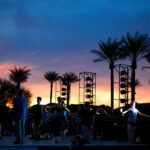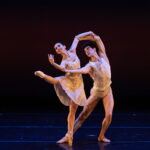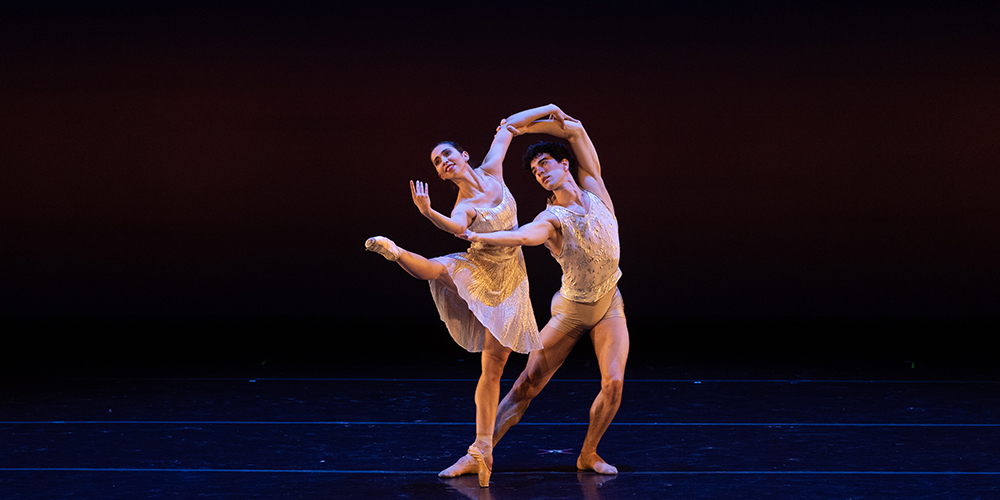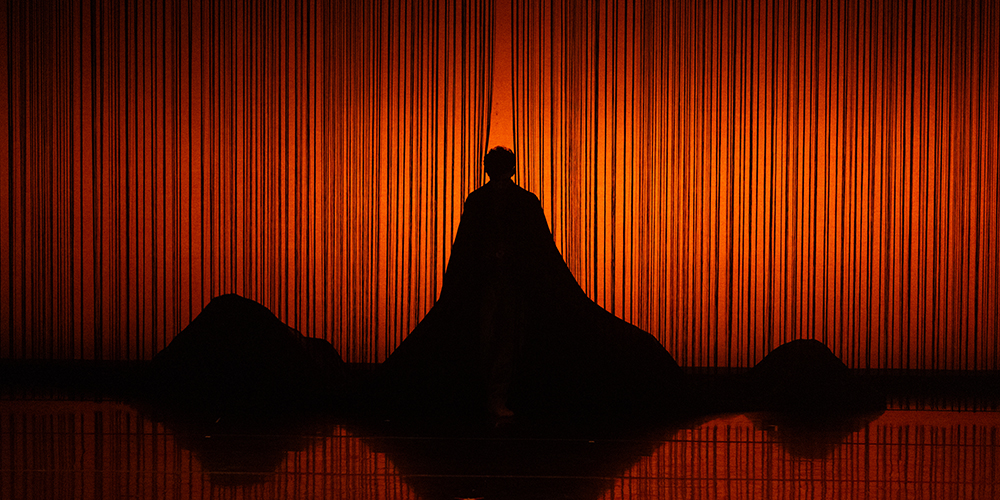
Students participating in danceAZ
Dance has the power to connect people to themselves, to others, and to the larger world community. It can provide people with avenues to explore creativity, foster imagination, and improve discipline. It can offer experiences that connect people to themselves and others through physical, intellectual, emotional, and civic applications. It inherently provides opportunities to develop 21st Century skills like collaboration, teamwork, critical thinking, and problem-solving. It’s one of the few art forms that can nourish the mind, body, and spirit altogether. So, why do only 5% of Arizona schools have dance as a course of study?
That’s the very question Education & Community Engagement seeks to address with our newest community engagement program, danceAZ. In this inaugural year, we are excited to partner with six under-served schools around the Valley to establish mini-residency programs designed to engage children in grades 3-5. Up to 30 students from each school will have the opportunity to participate in semi-weekly 60-minute classes (for a total of 12 classes) where they will be introduced to the art of ballet in a community-centered and experiential way. Participating students will learn how to work together as a corps of dancers over the course of the residency and will participate alongside our professional company and studio company members in a final free performance for their friends, family, and school community.
National studies have shown that children who have arts rich experiences in their K-12 years exhibit higher levels of academic achievement, academic aspiration, and civic-mindedness than their peers with less arts involvement. It is our desire to better support this finding and our danceAZ program is the pilot for what will ideally grow, over time, to encompass a full semester. In the future, we would like to lengthen the program to a full, 15 week semester, which could be implemented twice a year. For the first 7.5 weeks of the semester, curriculum content would focus on building students’ technical movement, vocabulary, and collaborative, cooperative corps dance skills. Then, in the second 7.5 weeks of the semester, students would collaboratively choreograph a dance that they would perform in a free community performance at the end of the program. In this second phase, choreographic and creative skills would be prioritized as well as content themes, group creation, and objective/subjective peer reviewing skills.







